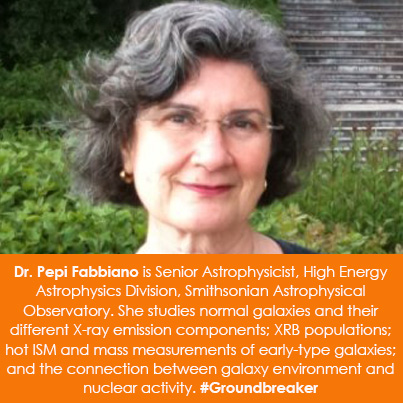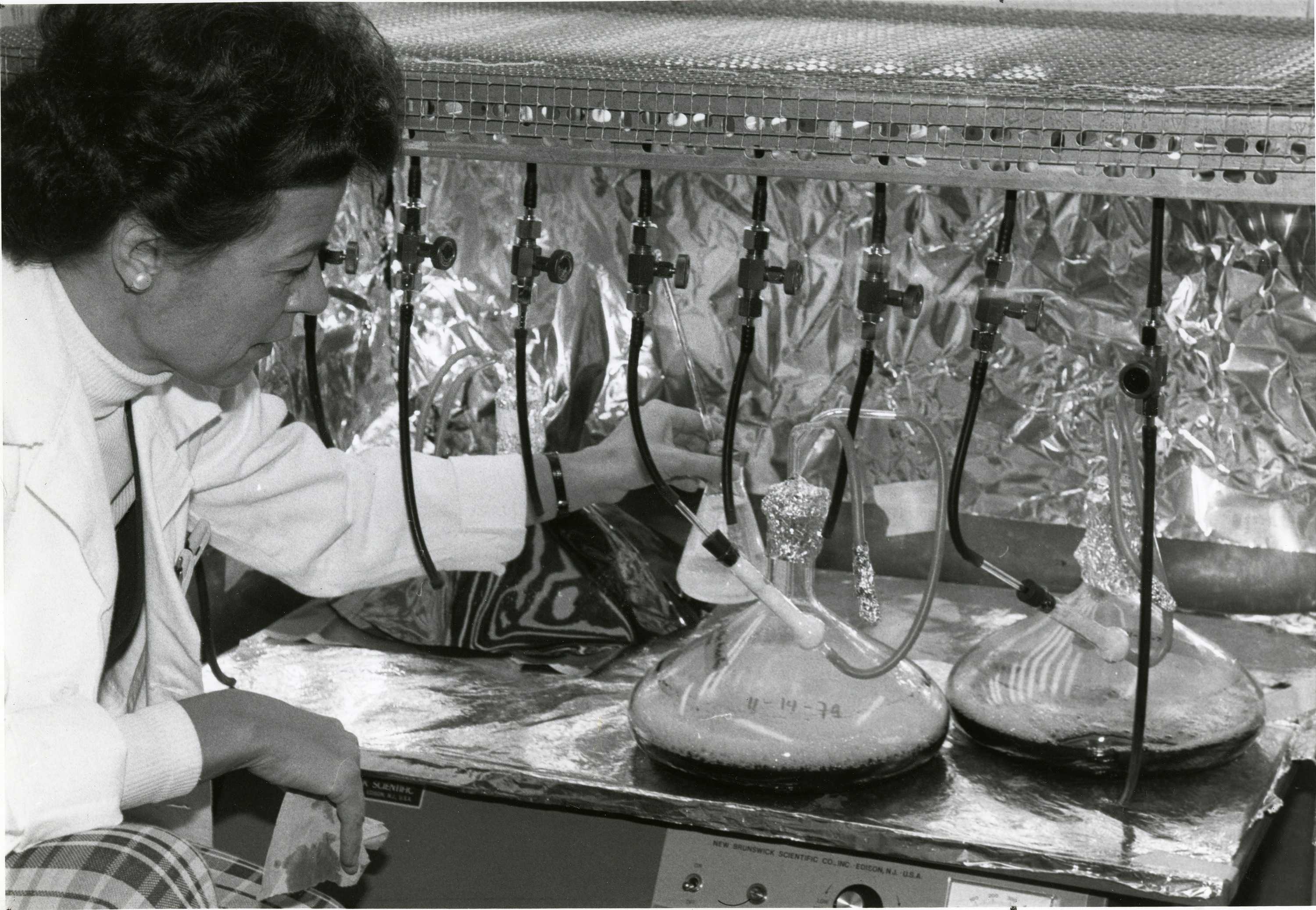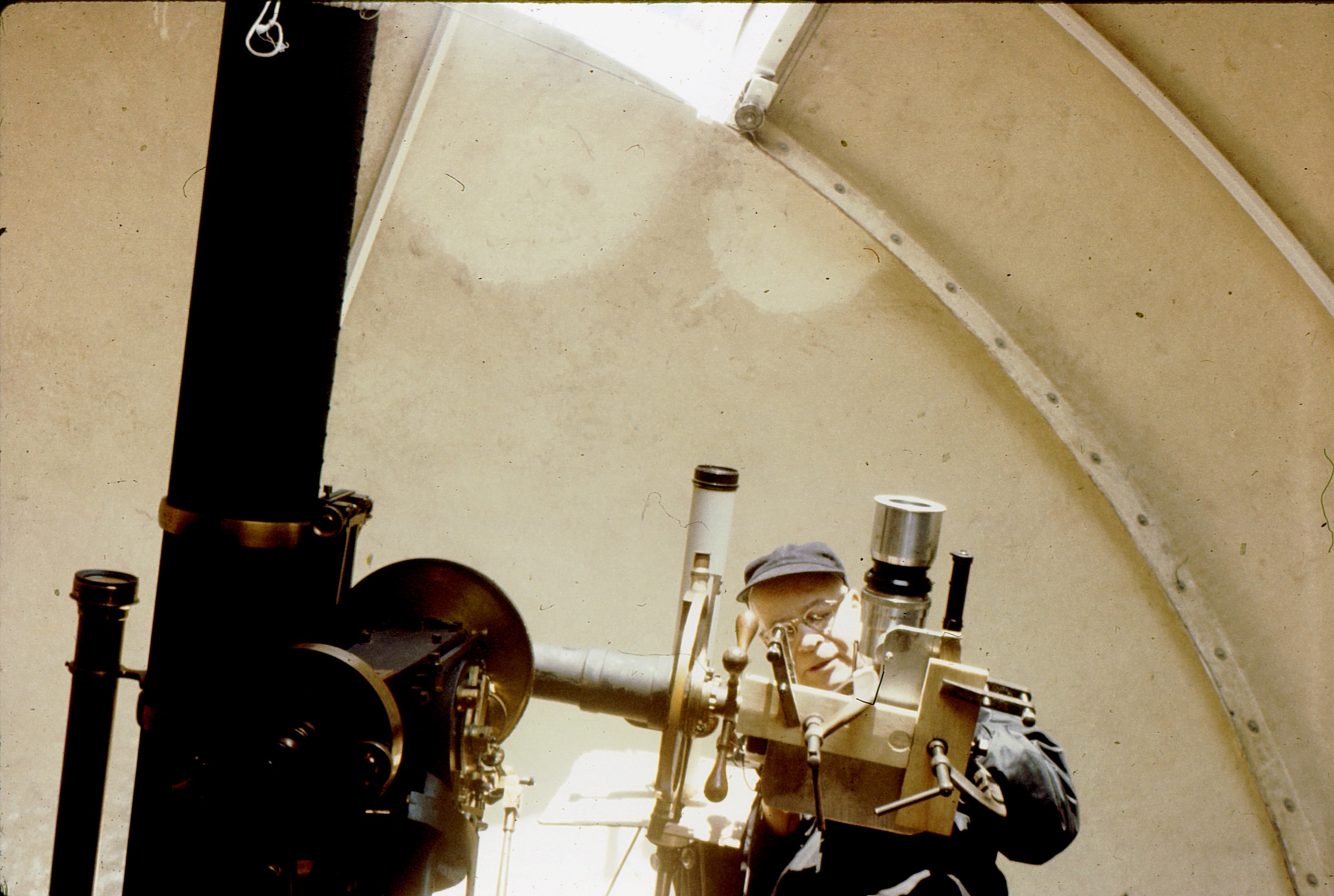Results for "Harvard-Smithsonian Center for Astrophysics. High Energy Astrophysics Division"
- Blog Post
In Memoriam: Riccardo Giacconi (1931–2018)
- Date: December 17, 2018
- Creator: Tammy L. Peters
- Description: The Smithsonian Institution Archives remembers Riccardo Giacconi (1931–2018)

Science Conversations in the Shenandoah
- Date: September 6, 2018
- Creator: Mitch Toda
- Description: In February 1975, twenty Smithsonian scientists gathered at the National Zoo's Conservation Research Center in Front Royal, Virginia to talk about their research and the future of science at the Smithsonian.

Wikipedia Edit-a-Thon: Women in Science
- Date: March 14, 2014
- Creator: Effie Kapsalis
- Description: You can participate in our second Wikipedia edit-a-thon with the goal of increasing the representation of women scientists on Wikipedia!

Women in Science Wikipedia Edit-a-thon III
- Date: March 17, 2015
- Creator: Effie Kapsalis
- Description: Cue the music! We invite you to our third "She Blinded Me with Science" Women in Science Wikipdia Edit-a-thon III. An invitation to the Archive's 3rd Wikipedia edit-a-thon on Women in Science, March 27, 2015.

Archiving Born-Digital Media from the Smithsonian Astrophysical Observatory
- Date: October 27, 2020
- Description: We’ve been processing audiovisual media collections from the Science Media Group division of the Smithsonian Astrophysical Observatory.

Women in Science Wednesday: Dr. Pepi Fabbiano
- Date: February 4, 2015
- Creator: Effie Kapsalis
- Description: Dr. Pepi Fabbiano is Senior Astrophysicist, High Energy Astrophysics Division, Smithsonian Astrophysical Observatory. She studies normal galaxies and their different X-ray emission components; XRB populations; hot ISM and mass measurements of early-type galaxies; and the connection between galaxy environment and nuclear activity. #Groundbreaker

Establishment of the Smithsonian Radiation Biology Laboratory
- Date: February 16, 2021
- Creator: Jessica Scott
- Description: On this day in 1965, the Smithsonian Radiation Biology Laboratory became an independent research entity at the Smithsonian Institution.

Samuel Pierpont Langley and the Personal Equation Problem
- Date: April 12, 2018
- Description: The term “personal equation” came into use in the 19th century as scientists found that observers have inherent biases: some anticipate events, and some report events after they have occurred. Recognition of the problem led to a spate of personal equation instruments: some measured biases of this sort, and some reduced the effect of personal errors. Most of these

Lasting Consequences from Past Solar Eclipses
- Date: August 22, 2017
- Description: Solar eclipse trips can have lasting effects on an astronomy student’s life, as NASM’s David DeVorkin tells us about the 1970 Yale Observatory expedition and beach party to view an eclipse at Nantucket.
- Blog Post
Smithsonian Volunteers: Thanks for the Time and Talent!
- Date: April 6, 2017
- Creator: Hillary Brady
- Description: In celebration of over a century of volunteer contributions at the Smithsonian, explore the work of some stellar volunteers from our collection.
- Blog Post
Science Service, Up Close: Up in the Air for a Solar Eclipse
- Date: January 24, 2017
- Creator: Marcel Chotkowski LaFollette
- Description: On January 24, 1925, for the first time in over a century, a total solar eclipse would be visible across the northern part of the United States. How scientists used a dirigible to observe the phenomenon.
